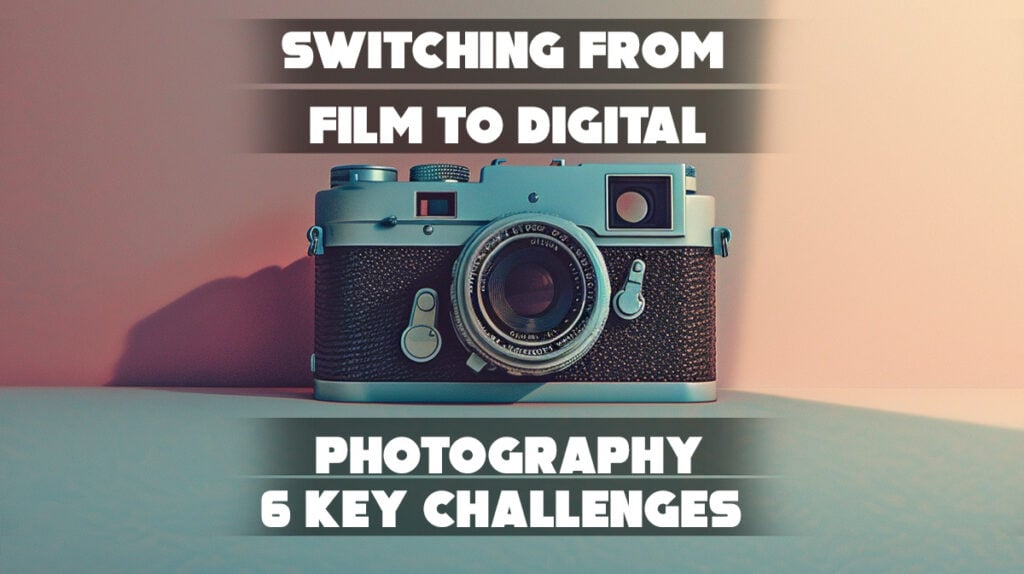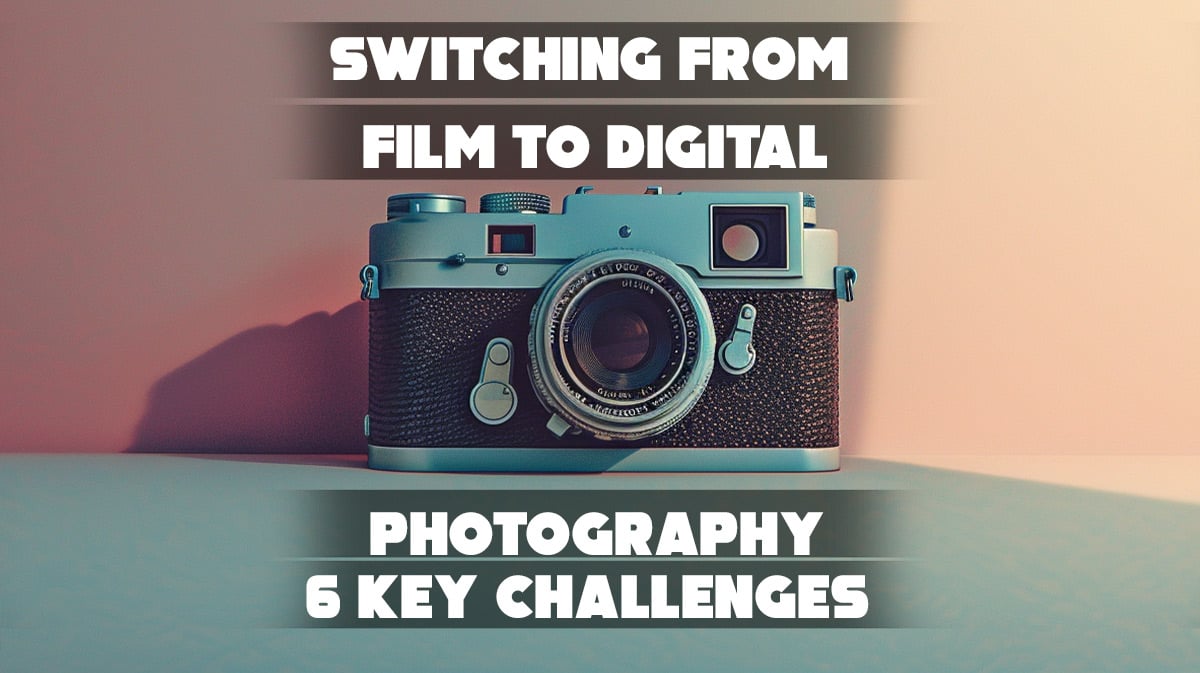Building the Perfect Architecture Photography Portfolio for Stunning Shots
Are you struggling to build a portfolio that truly showcases your skills as an architectural photographer? It’s a common challenge many face, especially when trying to stand out in a competitive field.
You are the hero of your own journey. The struggle to present your work in the best light is real, but you don’t have to face it alone. As a photographer with years of experience, I understand the obstacles you encounter.
In this article, we’ll walk through a simple plan for creating an impressive architecture photography portfolio, covering:
- Selecting the right shots
- Editing your photos for impact
- Organizing your work effectively
By the end, you’ll have the tools to create a portfolio that attracts the right clients and showcases your unique photographic style.
Ready to elevate your portfolio? Keep reading!
- Building the Perfect Architecture Photography Portfolio for Stunning Shots
- 1. Why Your architecture Photography Portfolio Matters
- 2. Planning and Organizing Your Portfolio
- 3. Key Shots for an Architectural Photography Portfolio
- 4. The Process of Creating an Architectural Photography Portfolio
- 5. Why a Strong Portfolio is Key for Success
- 6. Inspiration for Your Portfolio
- Key Takeaways: Architecture Photography Portfolio
- FAQ
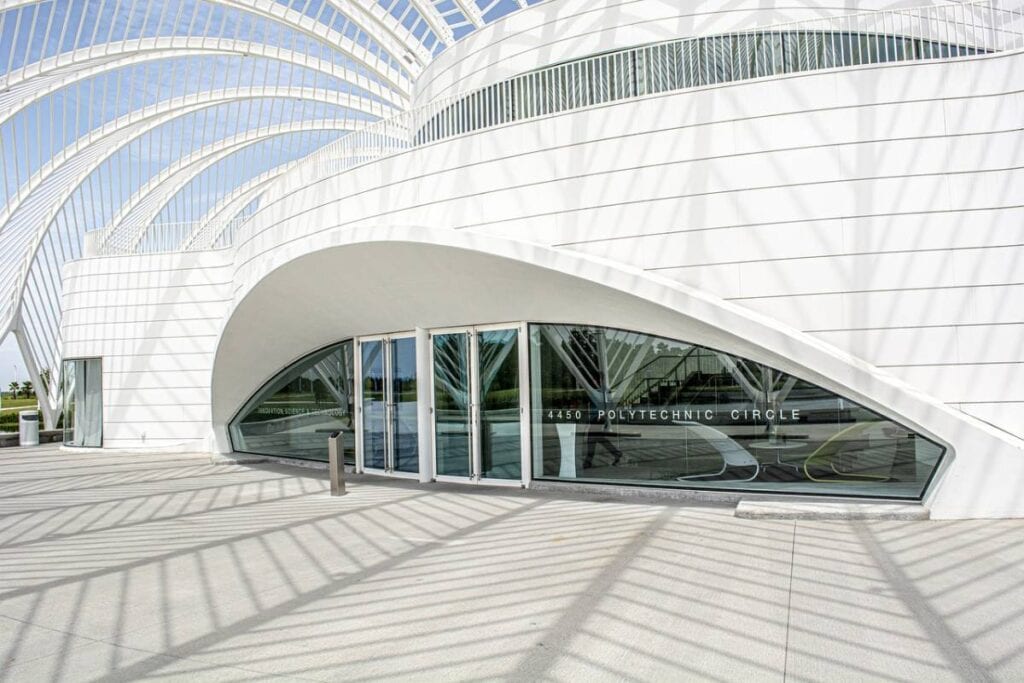
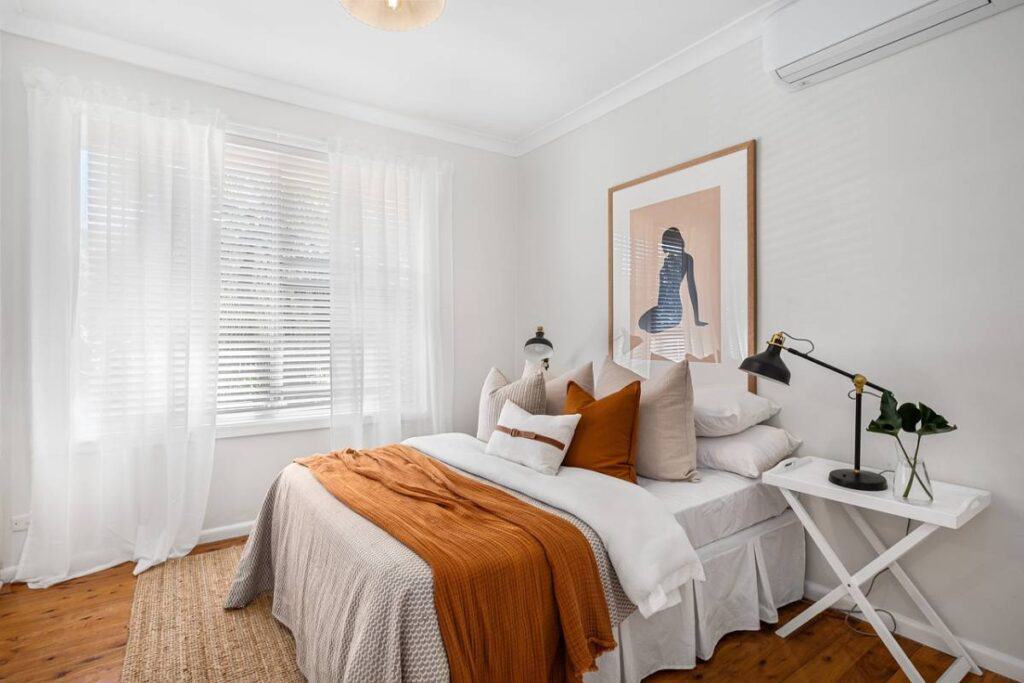
1. Why Your architecture Photography Portfolio Matters
A well-curated architecture Photography Portfolio speaks volumes to potential clients like real estate developers, architects, designers, and anyone in the architecture industry.
Your portfolio is more than just a collection of photos—it’s a tool that can help you attract and engage your target audience, while highlighting your unique style and technical abilities.
For architectural photographers, creating a portfolio isn’t just about capturing the structure of a building; it’s about telling a story. It’s about documenting the materials, the design elements, and the interaction between space, light, and nature.
Your portfolio can inspire designers and architects by showcasing how photography can enhance their projects and bring their vision to life.
See Also Photography Websites
2. Planning and Organizing Your Portfolio
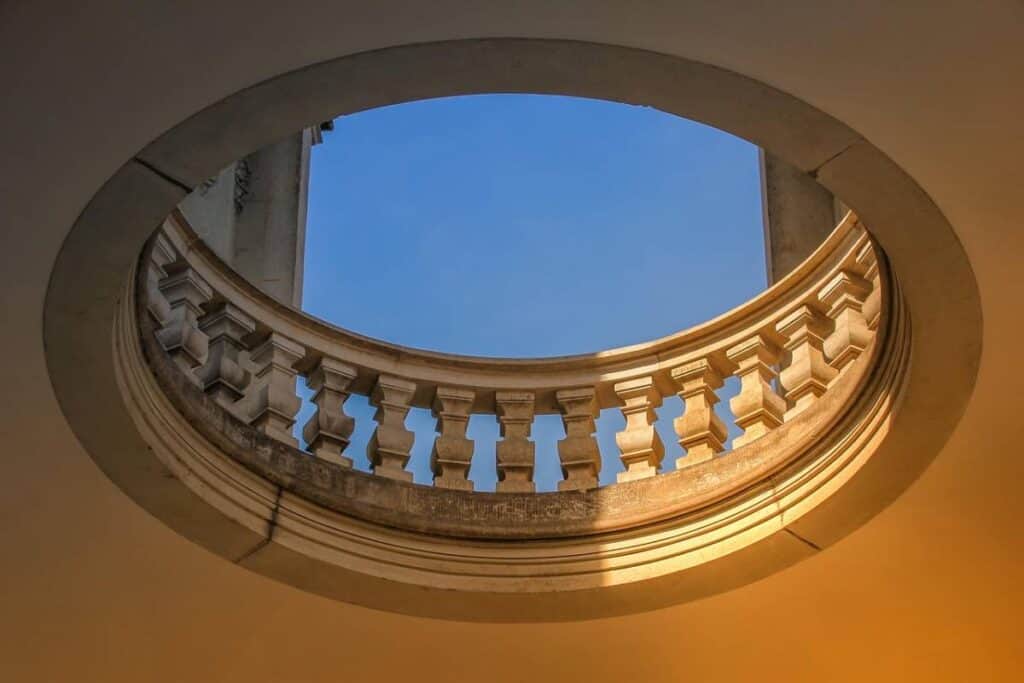
Before you begin shooting for your architectural portfolio, it’s essential to have a clear plan in mind. Your portfolio should represent your style, whether it’s modern, minimalist, industrial, or classic.
Consider the following when selecting and organizing your images:
- Know Your Audience – Tailor your portfolio to the type of clients you want to attract. Real estate developers, for example, may prefer clean, sharp photos that highlight the best features of the property. On the other hand, designers and architects may appreciate images that emphasize unique design details and artistic angles.
- Project Selection – Choose a diverse range of projects to highlight your versatility. Include both interiors and exteriors, as well as group images to show multiple angles of a building. Make sure the photos you select represent your best work and highlight your skills.
- Editing and Post-Processing – Great editing enhances the visual appeal of your architectural photos. Focus on enhancing the natural light, maintaining accurate colors, and ensuring that the details of the building and materials are clearly visible.
3. Key Shots for an Architectural Photography Portfolio

A successful architectural photography portfolio needs to showcase a variety of shots that highlight the different aspects of each project. The right balance of photos will demonstrate your range as a photographer and your ability to capture architecture from multiple perspectives.
Here are the key shots you should consider including:
Hero Shots
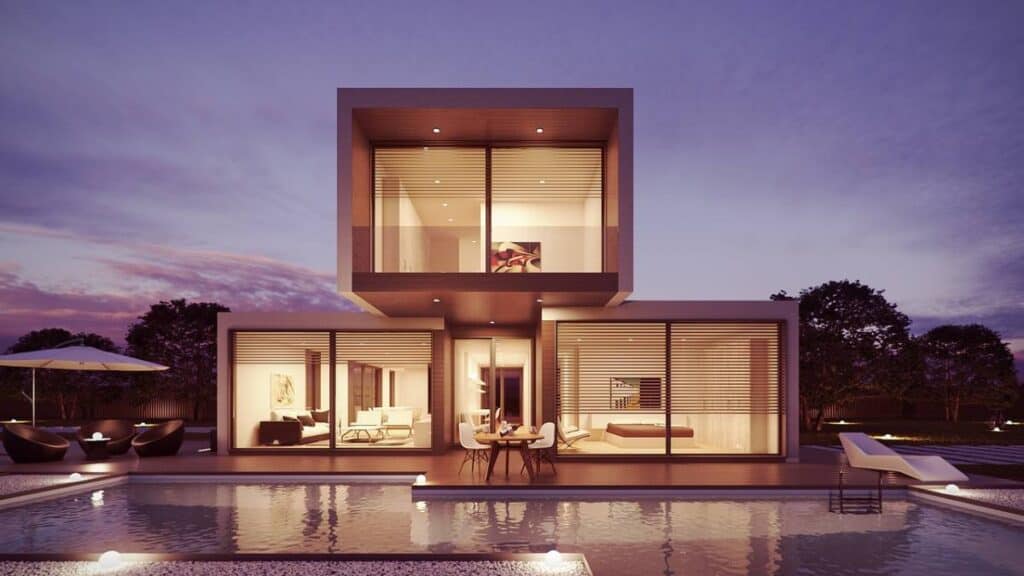
Hero shots are the centerpiece of your portfolio. These wide-angle shots highlight the most striking features of a building and convey the scale and significance of the structure. A hero shot should be carefully composed to showcase the architecture at its finest, drawing attention to its bold lines and design.
- Wide-angle shots that emphasize the building’s scale.
- Focus on the most visually striking features.
- Use natural lighting to enhance the building’s appearance.
- Capture the structure in a way that reflects its purpose and identity.
Detail Shots

Detail shots are key to showcasing the intricate features that define a space or building. These close-up images focus on the textures, materials, and small design elements that give the structure character. They bring attention to the artistry involved in the architectural design, and highlight how different elements work together.
- Close-up shots of materials like wood, stone, glass, or metal.
- Focus on unique textures, such as patterns or finishes.
- Highlight specific design elements like doors, windows, or staircases.
- Capture how light interacts with surfaces or details.
Surrounding Landscape

Surrounding landscape shots are essential for showing how the building fits into its environment. Whether it’s an urban setting or a more natural space, these images help provide context by showing the building’s relationship to the land around it.
They can also highlight how the architecture interacts with its surroundings, blending in or standing out depending on the design.
- Show the building in relation to its environment.
- Capture the surrounding landscape, whether urban or rural.
- Include natural elements like trees, hills, or bodies of water.
- Consider the time of day and light conditions to enhance the landscape view.
Interiors
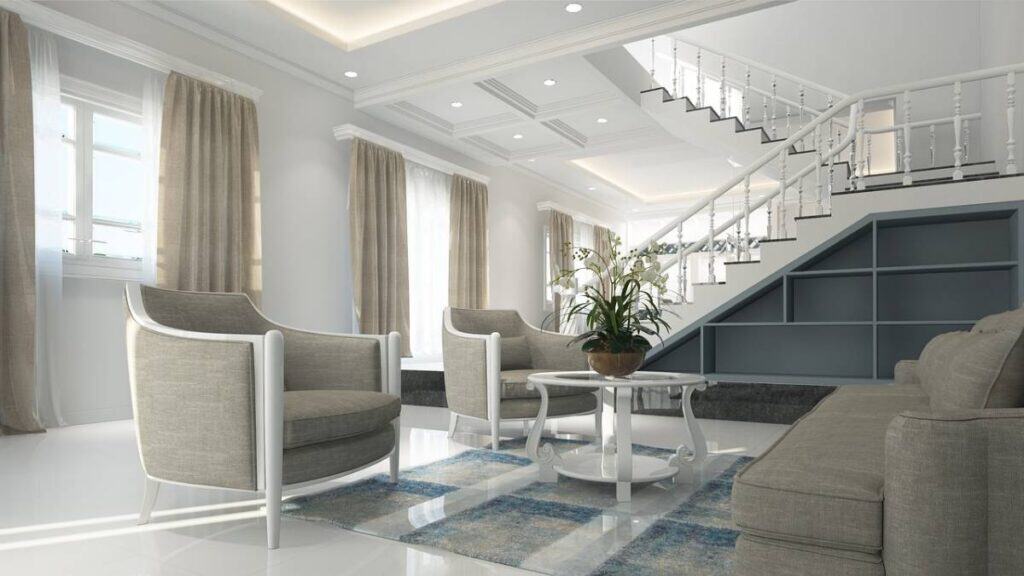
Interiors are an important part of any architecture portfolio. These shots highlight the building’s interior design and the way space is used. Focusing on how the light flows through the room, the materials used, and the overall aesthetic will give potential clients insight into how well you understand interior spaces.
- Emphasize how light enters and affects the space.
- Capture the design layout, furniture, and architectural features.
- Showcase how materials and textures work together.
- Highlight the connection between interior spaces and the exterior view.
Group Images

Group images offer a broader view of the building, showing how multiple angles and perspectives come together. These images give a more complete picture of the overall structure, helping to show its functionality and scale in different contexts.
Group shots are especially useful when you want to show the relationship between different sections of a building or provide a full view of its size.
- Combine multiple angles of the building for a comprehensive view.
- Capture both interior and exterior perspectives.
- Show the building’s different sections, emphasizing its scale.
- Include various perspectives to help viewers understand its form and functionality.
See Also AI Real Estate Photo Editing
4. The Process of Creating an Architectural Photography Portfolio
Creating a strong architectural photography portfolio requires careful planning, skillful shooting, and thoughtful editing. Here’s how to go about the process:
- Shooting with Purpose: Each photograph you take should have a clear purpose. Understand the building’s design before you start. Study the space, the materials, and the light to determine the best way to highlight its features. When photographing architecture, think about how to capture the design elements in a way that conveys both the technical aspects and the artistic vision behind the structure.
- Choosing the Right Gear: Having the right tools is essential for architectural photography. Wide-angle lenses, tripods, and high-quality cameras are key to capturing the full detail and scope of a building. A tripod, for instance, ensures stability when shooting in low light, while a wide-angle lens helps capture large structures from a close distance without distortion.
- Editing and Refining: Once you’ve shot your photos, the next step is to edit them carefully. Editing allows you to bring out the best in your images, emphasizing lighting, texture, and detail. Be sure to adjust brightness, contrast, and color balance, but avoid over-editing. The goal is to enhance the photo without losing the true essence of the design.
- Organizing and Presenting Your Portfolio: Once your images are edited and finalized, it’s time to organize them. Choose a platform that best displays your work, whether it’s a website or a printed portfolio. Arrange the photos in a way that tells a story of each project, from the first concept to the final build. A well-organized portfolio makes it easy for clients to see the range of your skills and the depth of your work.
5. Why a Strong Portfolio is Key for Success
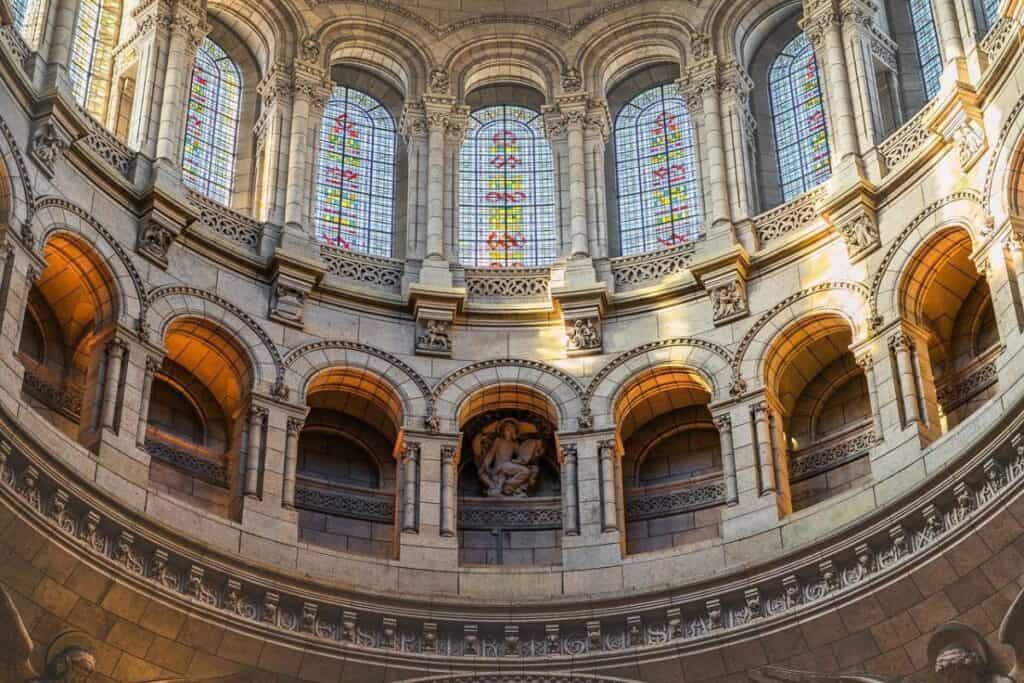
A well-curated architecture photography portfolio not only showcases your stunning images but also highlights your professional skills as a photographer. It serves as a visual reflection of your expertise, allowing clients to see how you can document and enhance their projects.
A great portfolio is more than just a collection of photos—it’s a powerful marketing tool that can open doors to new opportunities and clients in the architecture and design world.
6. Inspiration for Your Portfolio

Your portfolio should be a reflection of your creativity, technical skill, and passion for architectural photography. As you work on building it, remember that each image you take is a chance to tell a new story. Let your work be inspired by the designers and architects you collaborate with, as well as the buildings themselves.
Every project brings its own challenges and unique features—embrace them as opportunities to show off your creative side.
Ultimately, a well-executed architectural photography portfolio will not only highlight your best work but also reflect your understanding of the built environment. It’s an essential tool for attracting new business, building relationships with clients, and establishing yourself as an expert in the field.
See Also Real Estate Photography Jobs
Key Takeaways: Architecture Photography Portfolio
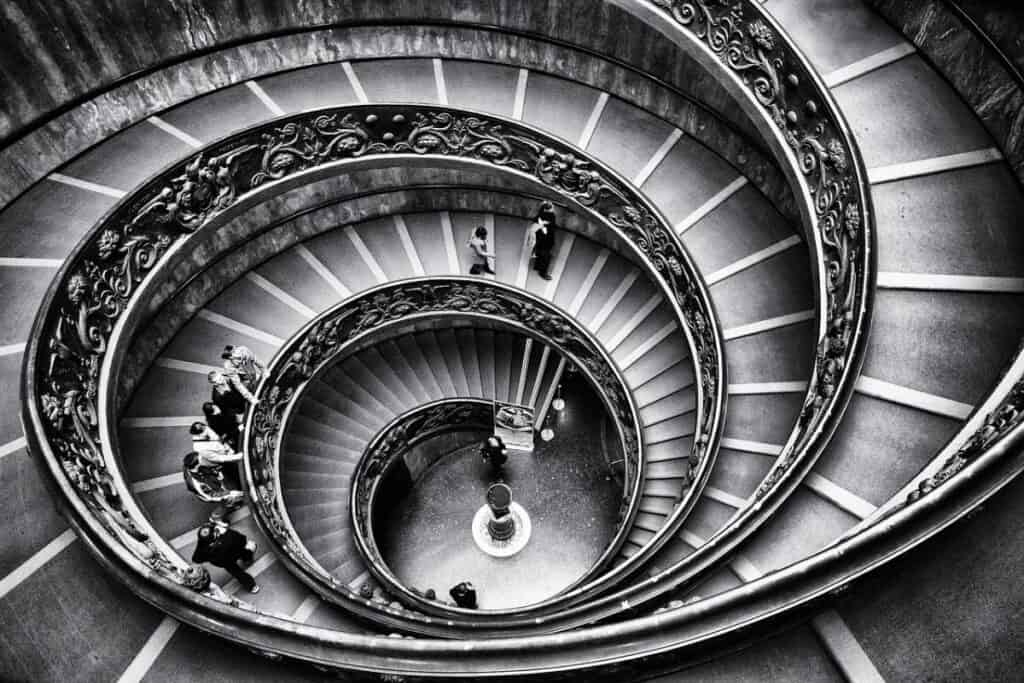
A well-crafted architecture photography portfolio is essential for showcasing your skills as an architectural photographer. It should include a diverse range of shots such as hero shots, detail shots, and images of the surrounding landscape to highlight the full essence of each building.
Focusing on both interiors and exteriors, along with incorporating group images, will help potential clients understand your ability to capture a space from multiple perspectives. Editing, organizing your work, and presenting it effectively will make your portfolio more engaging and professional.
FAQ
The essential shots to include are hero shots, detail shots, interior and exterior images, surrounding landscape photos, and group shots. These highlight different aspects of a building or space, showcasing your versatility as a photographer.
Organize your portfolio by grouping images by project type or style. Start with your best work, include a variety of shots, and ensure the layout flows smoothly to showcase your skills and creativity.


